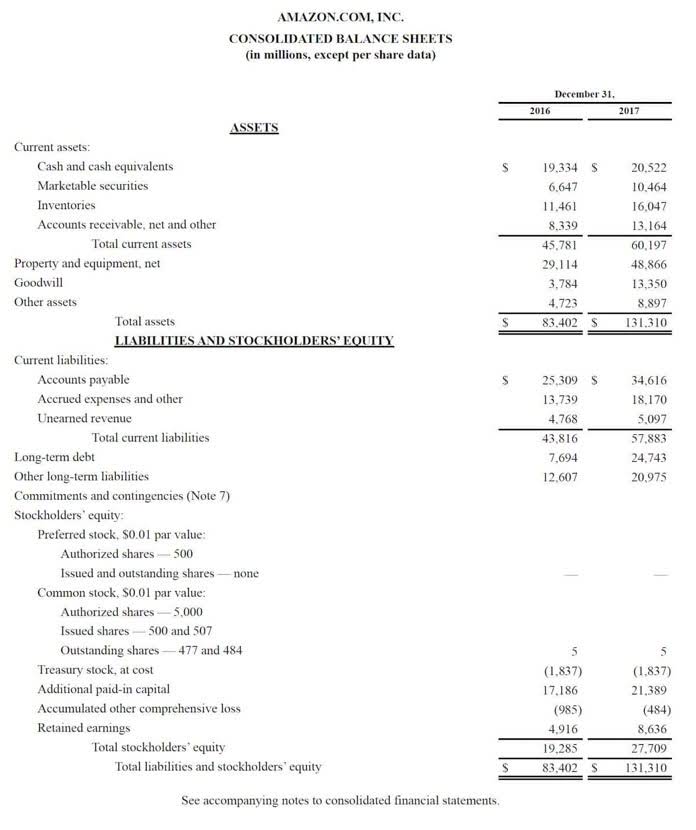
About $100 billion in DC contributions and $25 billion in IRA contributions in 2018 were made by taxpayers earning under $100,000. Taxpayers with incomes between $100,000 to $200,000 made up 36 percent of retirement contributions at $146.2 billion, followed by taxpayers earning $200,000 or more at $131.4 billion. Taxpayers earning between $50,000 and $200,000 contributed 58.9 percent of total retirement contributions in 2018. In 2018, taxpayers contributed $332.5 billion to defined contribution accounts such as a 401(k)s or 403(b)s. Taxpayers aged 45 to 55 years old made up 27 percent of total contributions at $91.2 billion, followed by taxpayers aged 35 to 45 years old at 22 percent and $73.3 billion in contributions. Saving also fuels investment, both here and abroad, contributing to economic growth.
Do you already work with a financial advisor?
EBIT is the resulting figure after all non-operating items, excluding interest and taxes, are factored into operating profit. Operating expenses are the expenses the company incurs through its normal https://www.bookstime.com/ day-to-day operations. Businesses have two reporting options when preparing an income statement. Net income is the portion of gross income that’s left over after all expenses have been met.
Looking To Get Started?
The following points are important to highlight related to the above income summary account for Bob and his company, Bob’s Donut Shoppe, Inc. The company received $25,800 from the sale of sports goods and $5,000 from training services for a total of $30,800 in revenue. For example, a customer may take goods/services from a company on Sept. 28, which will lead to the revenue accounted for in September. The customer may be given a 30-day payment window due to his excellent credit and reputation, allowing until Oct. 28 to make the payment, which is when the receipts are accounted for. EBITDA is not normally included in the income statement of a company because it is not a metric accepted by Generally Accepted Accounting Principles (GAAP) as a measure of financial performance.
What is the difference between an income statement and a balance sheet?
This is the profit before any non-operating income and non-operating expenses are taken into account. This means that revenues and expenses are classified whether they are part of the primary operations of the business or not. It segregates total revenue and expenses into operating and non-operating heads. And so, the amounts in one accounting period should be closed so that they won’t get mixed with those in the next period.
- Conversely, if the income summary account has a net debit balance i.e. when the sum of the debit side is greater than the sum of the credit side, it represents a net loss.
- It provides them with a summary of the performance of the company during a specific period.
- Clear the balance of the revenue account by debiting revenue and crediting income summary.
- Although the drawings account is not an income statement account, it is still classified as a temporary account and needs a closing journal entry to zero the balance for the next accounting period.
- It involves shifting data from temporary accounts on the income statement to permanent accounts on the balance sheet.
According to the statement, the balance in Retained Earnings should be $13,000. Boost your confidence and master accounting skills effortlessly with CFI’s expert-led courses! Choose CFI for unparalleled industry expertise and hands-on learning that prepares you for real-world success.
In this chapter, we complete the final steps (steps 8 and 9) of the accounting cycle, the closing process. This is an optional step in the accounting cycle that you will learn about in future courses. Steps 1 through 4 were covered in Analyzing and Recording Transactions and Steps 5 through 7 were covered in The Adjustment Process. Distributions has a debit balance so we credit the account to close it. Our debit, reducing the balance in the account, is Retained Earnings. In 2018, about 41.7 percent of taxpayers contributed to a 401(k) or similar plan, while 9.1 percent contributed to an IRA.
The closing entry will credit Supplies Expense, Depreciation Expense–Equipment, Salaries Expense, and Utility Expense, and debit Income Summary. Once a company determines whether it has sustained a loss or earned a profit, the results from the final account are typically transferred into retained earnings on the balance sheet. We need to complete entries to update the balance in Retained Earnings so it reflects the balance on the Statement of Retained Earnings. We know the change in the balance includes net income and dividends.

At the end of each accounting period, all of the temporary accounts are closed. You might have heard people call this “closing the books.” Temporary accounts like income and expenses accounts keep track of transactions for a specific period and get closed or reset at the end of the period. This way each accounting period starts with a zero balance in all the temporary accounts, so revenues and expenses are only recorded for current years. The post-closing trial balance report lists down all the individual accounts after accounting for the closing entries. At this point in the accounting cycle, all the temporary accounts have been closed and zeroed out to permanent accounts. Therefore, a post-closing trial balance will include a list of all permanent accounts that still have balances.


IRA contributions tended to skew slightly older than DC contributions. Individuals aged 60 to 65 made the largest share of contributions at 16 percent, or $10.9 billion. Individuals aged 55 to 60 were a close second, making 15 percent of total contributions at $10.8 billion. As Table 1 illustrates, overlapping and differing accounts, tax benefits, contribution limits, use cases, and withdrawal rules add up to a complicated system that can confuse even savvy taxpayers. The articles and research support materials available on this site are educational and are not intended to be investment or tax advice. All such information is provided solely for convenience purposes only and all users thereof should be guided accordingly.
If the balance on the final account is a loss (debit balance), companies have to credit the lost amount to the retained earnings. However, each temporary account can be reset thanks to closing entries and begin the next accounting period with a zero balance. Now that the revenue account is closed, next we close the expense accounts. You must close each account; you cannot just do an entry to “expenses”.